MAGICAL MOROCCO
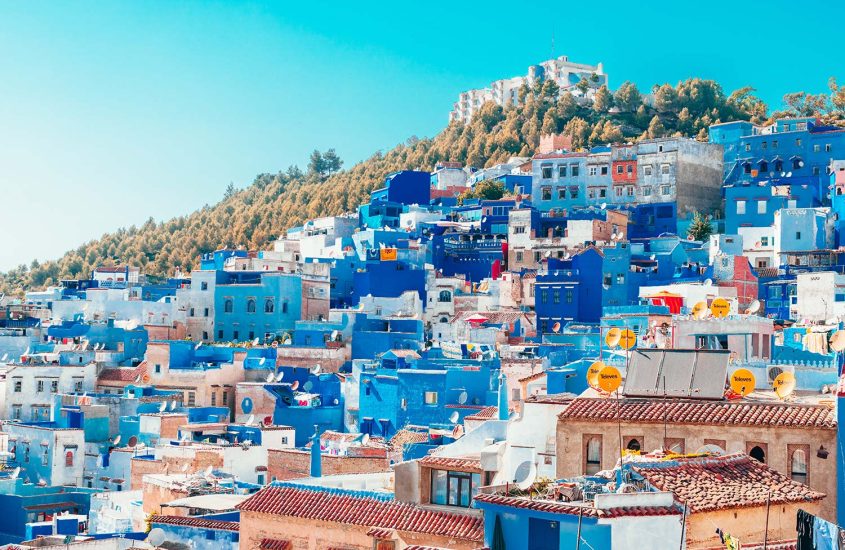
Characterised by an exotic culture and offering a multitude of experiences, the Kingdom of Morocco, as it’s officially known, is a wonderful place to visit during the winter.
Morocco is a popular tourist destination and, yes, it can get quite crowded during the summer. However, if you visit this time of the year, you can enjoy the best of the country from skiing, desert camping and hiking to sightseeing, cultural activities and more without having to wade through a sea of eager travellers. Additionally, the climate is pleasant with temperatures never exceeding 17 degrees Celsius. In this feature, we will explore three major cities in Morocco, each offering different things to see and do.
RABAT
The capital city, Rabat is steeped in history and home to many UNESCO World Heritage Sites. Kasbah des Oudaias is a popular attraction. Bab Oudaia, the gateway to this walled citadel, is a fine piece of Moroccan architecture and features arabesque designs and inscriptions in Kufic script, a decorative style. Some of the remains of the fortress date as far back as the 12th century. You can enjoy breathtaking views of the Atlantic Ocean from here. The Bou Regreg river empties into the ocean at this location.
In the same premises, you can visit Jama’ al-‘Atiqa or the Old Mosque. A medieval Moroccan mosque, it was largely restored in the 18th century. However, only Muslims are allowed to enter. There’s an Andalusian Garden here as well, which features a variety of trees and plants such as bougainvillea and citrus trees and is a hit with locals and tourists alike. If you want to catch a glimpse of the locals going about their daily lives, head to the souq or marketplace in the old town of Rabat. ‘Blue Town’ is also located here. Dotted with white and blue-walled houses, it offers a beautiful backdrop for photographs.

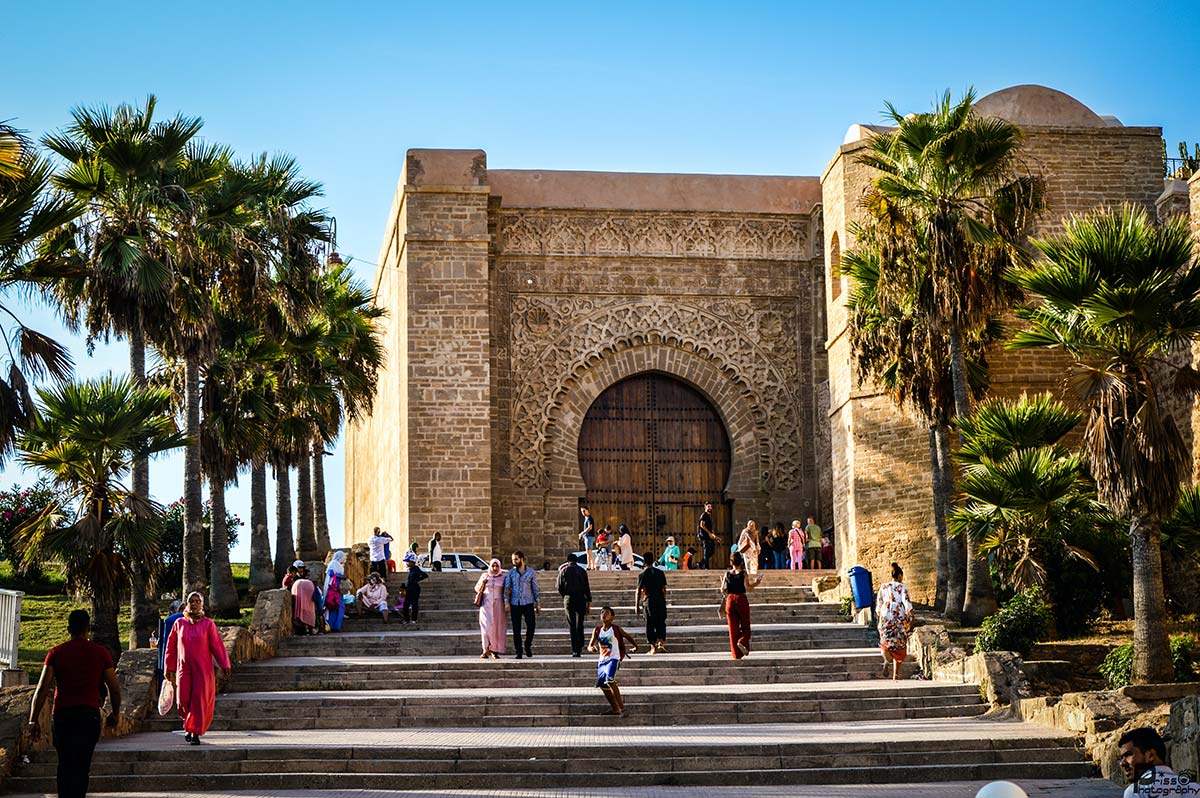
Hassan Tower minaret invokes strong emotions. Abu Yusuf Yaqub al-Mansur, an Almohad Caliphate ruler, set out to build the largest mosque in the world with the tallest minaret. Sadly, he died before the completion of the work. Today, the unfinished minaret stands at 44m tall alongside remains of partially built walls and columns. Across from Hassan Tower is the Mausoleum of Mohammed V. It exhibits traditional Moroccan craftsmanship and holds the tombs of the King and his two late sons.
Explore Chellah, the location of an ancient Roman city. As you walk across the site, you will see broken columns and stones with inscriptions among the remains. This site also served as a necropolis, which was destroyed due to earthquakes and looting. You can find parts of mosques and tombs among the remains.
Art lovers must visit Mohammed VI Museum of Modern and Contemporary Art, one among the 14 museums of the National Foundation of Museums of Morocco. In addition to housing the work of popular Moroccan artists of the likes of Hassan Hajjaj and Ahmed Yacoubi, it also showcases pieces by contemporary artists.
MARRAKESH
Visually, Marrakesh is a flaming coral sea of structures sculpted out of a variety of native clay. That’s what gives the city its name – red city. Marrakesh gained further mainstream popularity with the Netflix series Inventing Anna, which featured Jardin Majorelle, a complex of gardens and buildings. In the garden, which sprawls across two acres, you can find a notable collection of cacti, sculptures and fountains. Additionally, it’s home to local birds. The complex also houses a museum, which has the original owner Jacques Majorelle’s paintings and artefacts from the Berber culture – an ethnic group indigenous to North Africa including Morocco. Jardin Majorelle is presently owned by renowned fashion designer Yves Saint Laurent. Musée Yves Saint Laurent, a museum dedicated to the fashion brand, is located a stone’s throw away.
Kutubiyya Mosque, the largest in Marrakesh, is so named because of the book-selling trade that was practised in the nearby souq; the word Kutubiyya is derived from the Arabic word meaning booksellers. The mosque’s minaret, a popular symbol of Marrakesh, is the source of a well-known legend: it’s said that the trio of copper spheres on the spire were originally made of gold. Either way, the mosque exhibits beautiful Moroccan architecture, which is admirable.
Close to Kutubiyya Mosque are the Menara Gardens, a UNESCO World Heritage Site. Spend some peaceful hours immersed in nature. You can find olive, fruit and cypress trees here. Walk around, inhaling the fresh air and then, head to a nearby cafe.
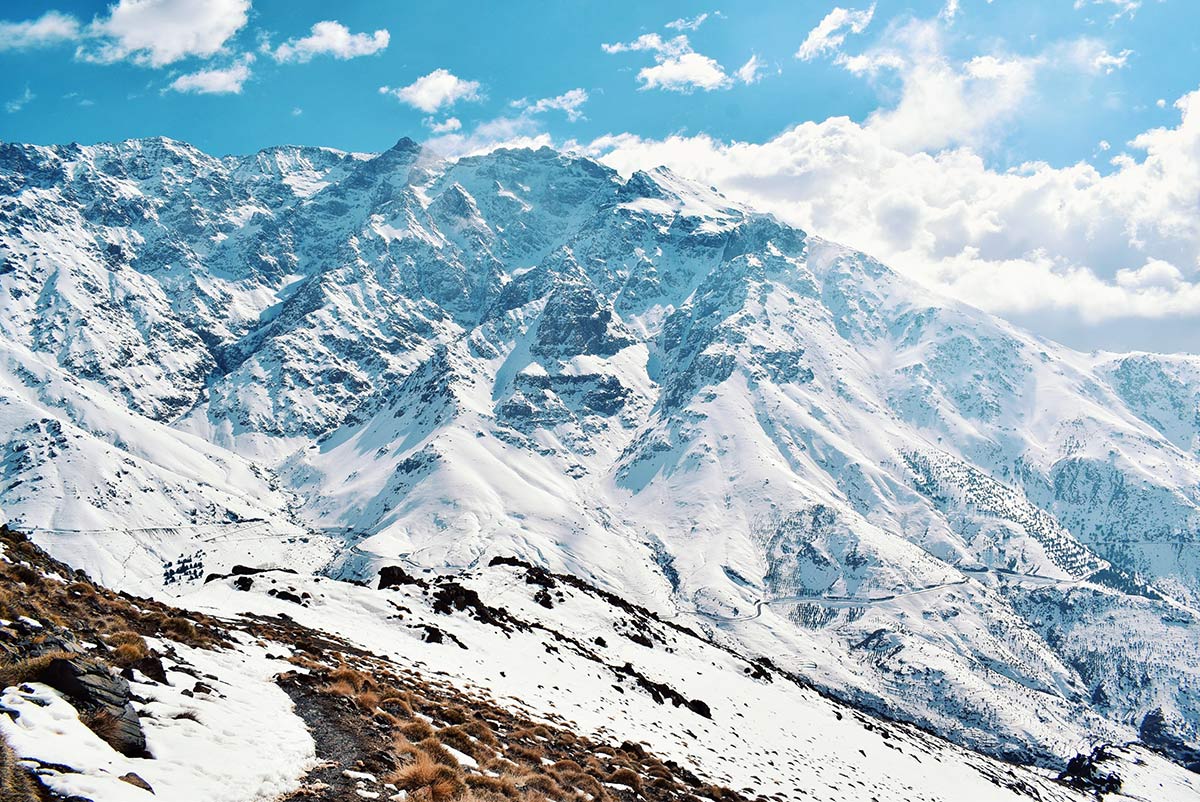

Jemaa-el-Fna, a marketplace and square at the entrance of the old city or medina, is protected as a ‘cultural space’ and recognised for its ‘intangible heritage’. It used to be the gathering place of local vendors, from traditional dentists and snake charmers to story-tellers. Today, it’s a buzzing hub of henna tattoo artists and potion sellers – you can buy a range of herbal products here; argan and other herbal oils, face masks, Moroccan teas… At night, the space transforms into a cultural extravaganza of performers and musicians. Souq Semmarine, right next to Jemaa-el-Fna, is a bustling market offering a variety of products such as textiles, carpets, leather goods, spices and handicrafts – the perfect pit stop for some souvenir shopping – don’t forget to buy yourself a pair of the popular babouche slippers – colourful, embroidered closed flats.
Pay a visit to Musée de la Musique in Mouassine to discover the musical heritage of Morocco. Located in a 16th- to 17th-century house, the space hosts many permanent and temporary exhibitions. The main attraction, however, is the musical evenings, where you can enjoy a live performance, followed by traditional Moroccan tea and biscuits.
If you’re planning an extended vacation later this year, don’t miss skiing at Oukaïmeden. It’s less than a two-hour drive from Marrakesh and one the premier ski areas in all of Morocco. Standing at over 3,000m, it’s the highest ski resort in Africa. There are slopes for all abilities. While the main ski months are from mid-December until around the end of March, January and February are said to be most ideal. You can rent a chalet in the area to rest after your adrenaline-pumping adventure.
Agafay is a popular camping site, located about an hour from Marrakesh. It’s more luxury camping or ‘glamping’ as it’s commonly known. Explore the dunes on a buggy or quad bike, relax in a tent or around a campfire and swim in an outdoor pool – a tranquil oasis in the middle of a desert!
CHEFCHAOUEN
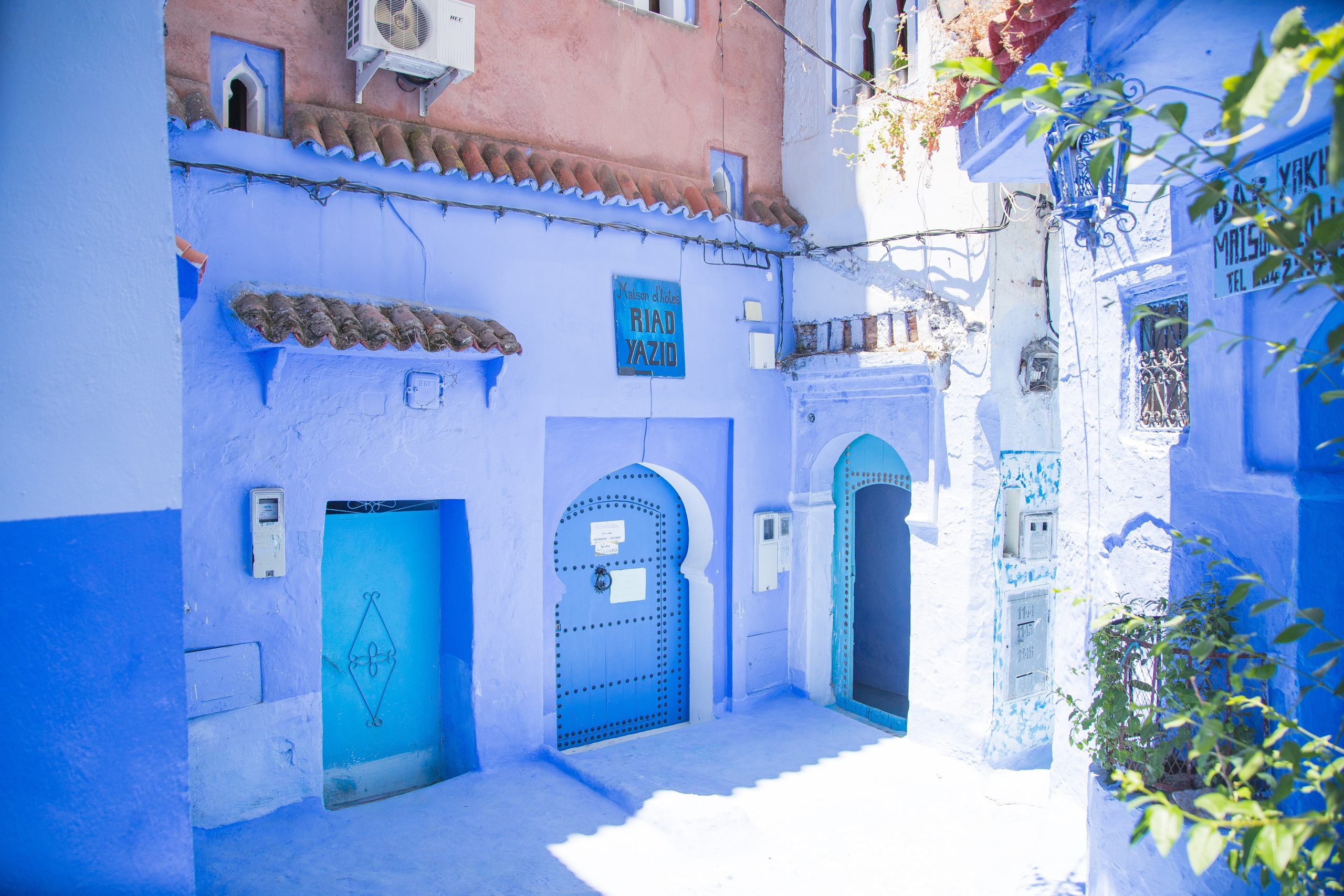
Nestled in the foothills of the Rif mountain range, Chefchaouen is most known for its expanse of blue and white buildings. There are many theories behind this colour choice. Some attribute the trend to Jewish immigrants, others say it’s to keep mosquitos away. Regardless, it lends a certain aesthetic to the cityscape, making it a photographer’s paradise. It’s not uncommon for tourists to pose in front of blue-hued houses and decorative doors.
Nature buffs will enjoy exploring this natural haven. Many hiking trails start from Chefchaouen. You could explore these on your own or hire a guide. Once you reach the top, the view is astounding. Sunrises and sunsets are mesmerising here. The hike to Jebel El-Kalaa summit is popular.
Adrenaline junkies don’t forget to hike up to Cascades d’Akchour or Akchour Waterfalls. It’s a beautiful sight to behold and the journey, surrounded by foliage and rock formations, birds chirping and the sound of the river is surreal too. The hike to the grand cascade, or taller waterfall, will take longer. There’s a shorter route that leads to the lower stream and there are other mid-level streams too. Once you’re there, dip your feet in the water and refresh yourself before you head back.
If you have more time, or another day to spare, hike to Pont de Dieu or God’s Bridge. It’s a rock formation that forms a bridge between two mountains, which looks like an archway when you see it from down below where the hike ends; there’s a river and waterfall here too. In fact, the starting point of the trail is a dam, which branches out into two paths – one leading to God’s Bridge and the other to Akchour Waterfalls.

Spelunkers in the house can explore Kef Toghobeit, the deepest cave in Morocco and third deepest in Africa. It’s a formation in the Riff Mountains, located in Bab Taz, which is about an hour from Akchour village.
Ras el-Maa is a popular natural spring that flows through the city. It’s surrounded by restaurants where you can enjoy a local meal with the sound of babbling brooks to serenade you. The tagine is a must-try; named after the uniquely shaped clay vessel in which the food – typically vegetables with lamb, chicken or fish – is cooked. It’s a slow cooking process with evenly distributed heat, which seals in the flavours and nutrients.
End your trip with an authentic Moroccan hammam experience. Ensure you go to a local place as that’s where you will enjoy an unfiltered version. When we say unfiltered, we mean it quite literally because a hammam is basically a public bath. Traditionally, bathers take their time, chatting sat in a large steam room, so to speak, scrubbing each other’s backs using a special perfumed soap-like object. You could even buy these at the local flea market for an extended hammam long after you’ve returned home. ✤


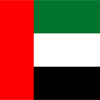
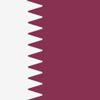



















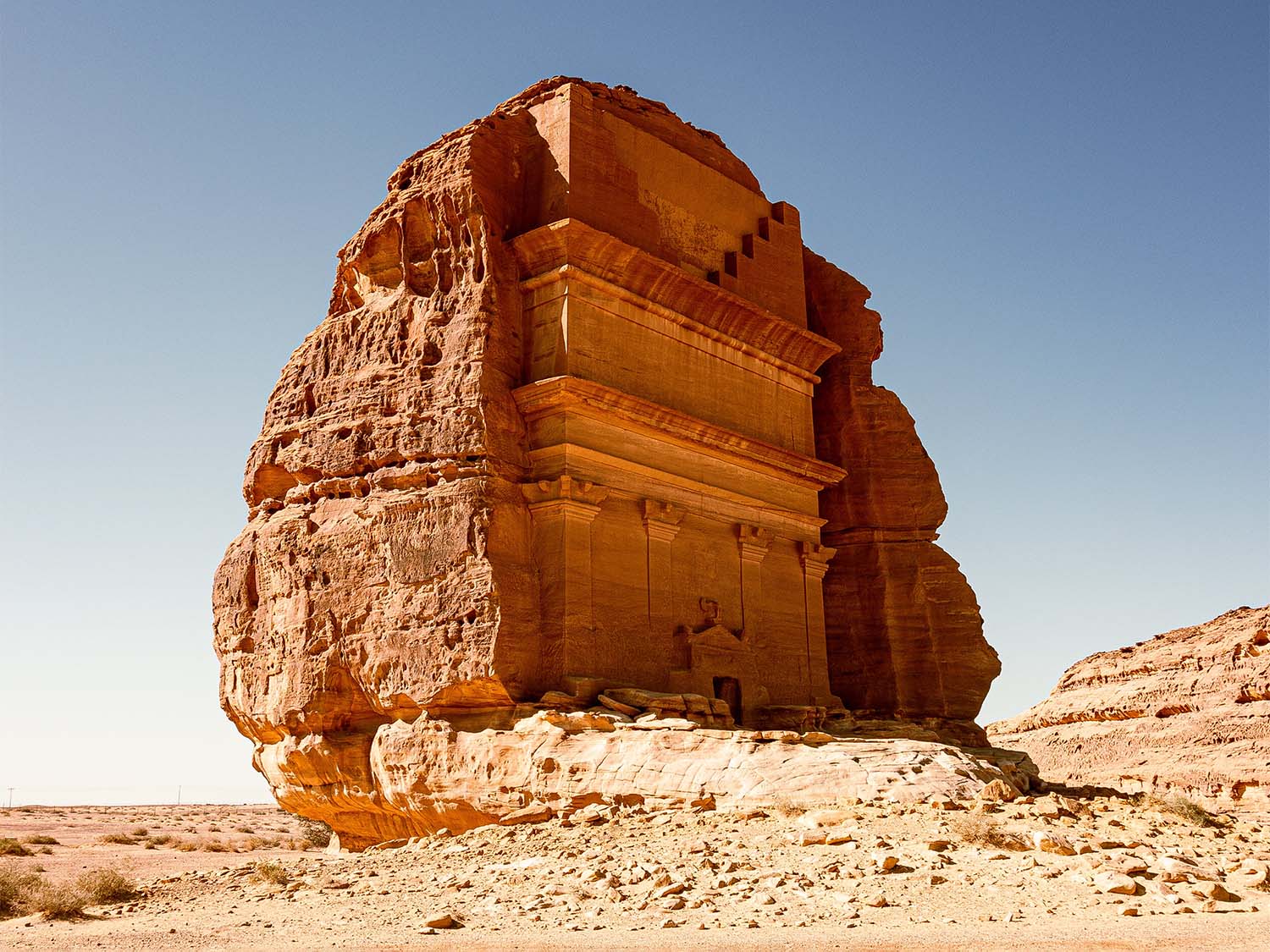
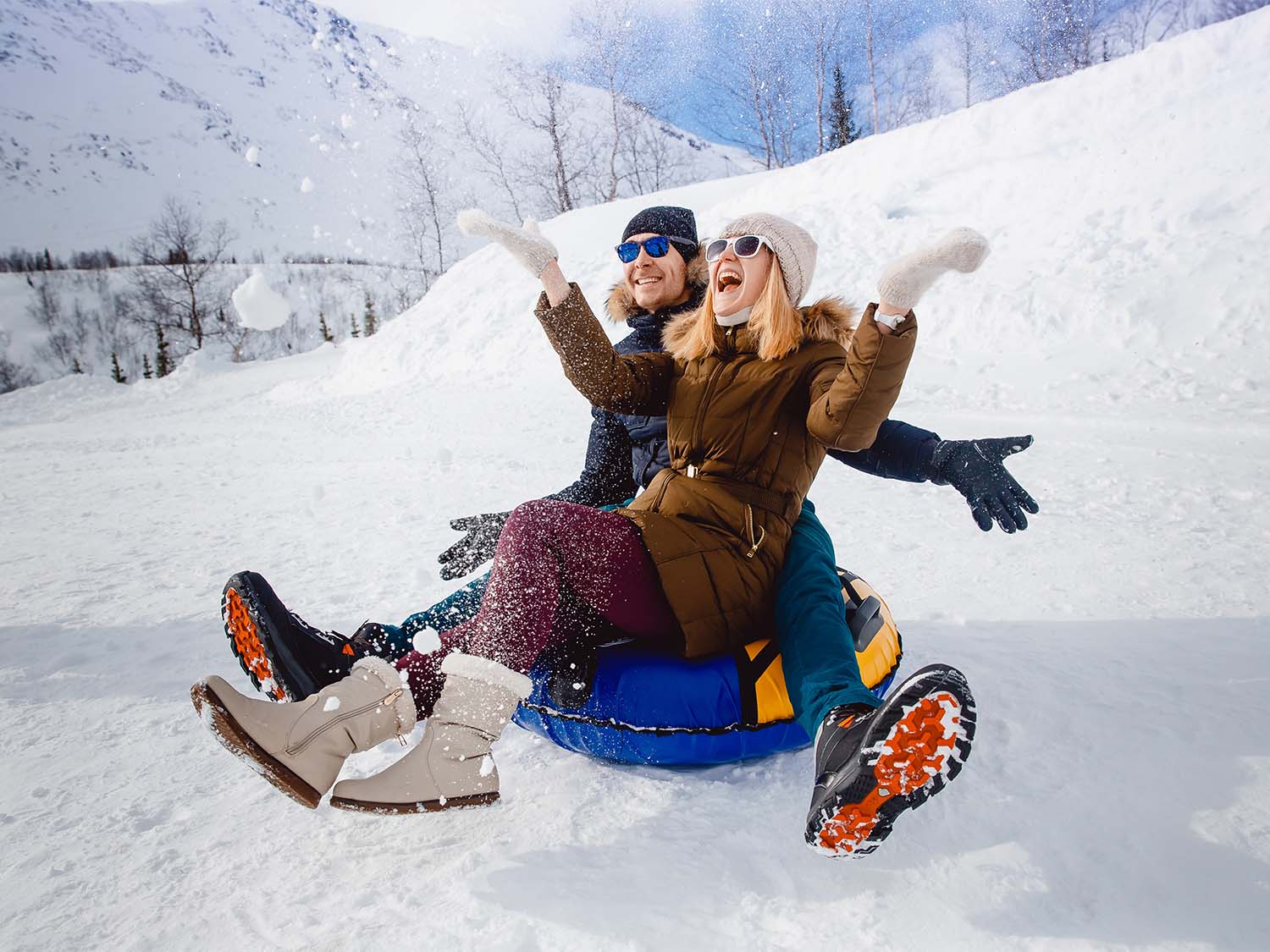
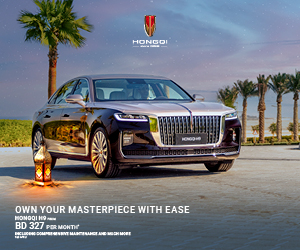



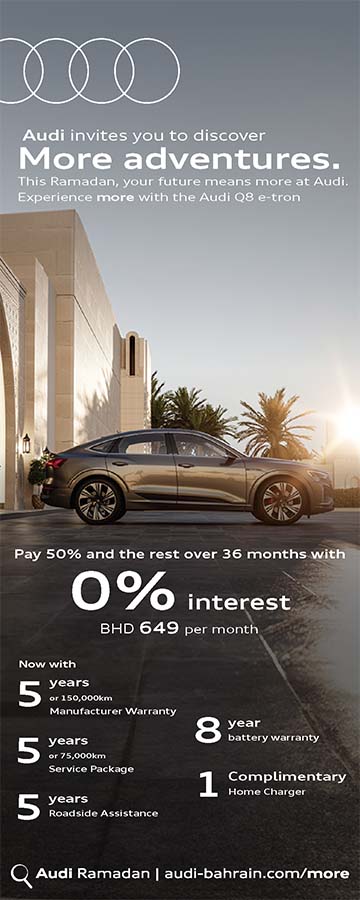
Comments are closed.